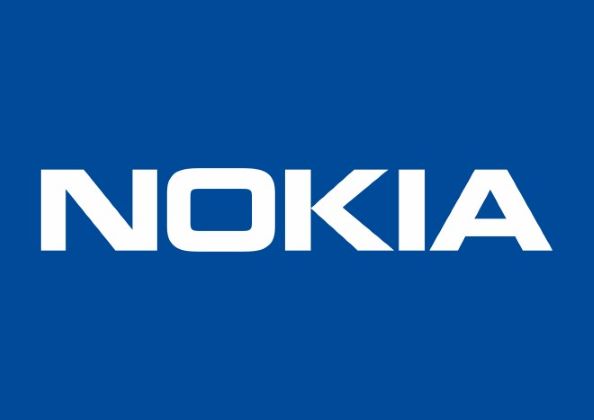Nokia Picked By DARPA To Design Communications Services Infrastructure Framework For Future Lunar Economy

By Oystein Bergmann, Bureau Chief, Scandinavia
Nokia Bell Labs was selected to participate in the 10-Year Lunar Architecture (LunA-10) programme, a US Defense Advanced Research Projects Agency’s (DARPA) initiative that will design an integrated multi-service architecture to support a thriving economy on the Moon in the next decade and beyond. LunA-10 will design the essential infrastructure framework capable of supporting industrial activities, as well as scientific discovery.
DARPA chose 14 companies across a variety of industrial sectors to launch LunA-10. Nokia was selected for its expertise in designing future network architectures and leadership in lunar surface communication technologies, stemming not only from its current mission to build the first cellular network on the Moon but also from Nokia Bell Labs’ long history in space innovation dating back to the Mercury Programme.
Nokia will collaborate with the 13 other companies specializing in areas critical to establishing an integrated commercial economy on the Moon, such as energy, transport and construction. For instance, Nokia Bell Labs will be responsible for recommending a reliable, high-performance communications infrastructure, and it will also work closely with other LunA-10 companies to ensure that infrastructure may be efficiently transported and built on the lunar surface and that it would have reliable power sources once installed.
At the programme’s mid 2024 conclusion, LunA-10 will deliver a comprehensive blueprint for establishing the infrastructure necessary to support commercial operations on and around the lunar surface by 2035. Communications will be critical as virtually all use cases and applications require or benefit from high throughput, low latency, ultra-reliable and scalable communication capabilities. Networks would allow astronauts to freely communicate directly and with mission control on Earth. Networks would transmit video and telemetry data from cameras and sensors spread across the Moon and integrated into spacesuits, vehicles, structures, and scientific experiments. Networks would supply the connectivity necessary to control robots and automate dangerous tasks on the lunar surface.
President of Nokia Bell Labs Solutions Research, Thierry E. Klein said: “DARPA has had a direct hand in some of the most significant technology advancements of the last fifty years – the foundation of the Internet, the creation of GPS, and the rapid development of the COVID-19 vaccine. Nokia Bell Labs is thrilled to play a key role in DARPA’s next game-changing endeavor and help shape the infrastructure architecture for the lunar economy. Pushing the frontiers of technology is in Bell Labs’ DNA, and by creating the communication solutions blueprint for the Moon, we will help establish the foundations of a permanent human presence on the lunar surface.”
As part of NASA’s Tipping Point initiative, Nokia is deploying the first cellular network on the Moon in 2024 to prove that 3GPP-based technology can meet the critical communications needs of future lunar and Martian missions. However, Nokia Bell Labs’ legacy in space stretches back decades. Bell Labs worked with NASA to launch one of the world’s first communications satellites, Telstar 1, into orbit in 1962. It also provided systems analysis and engineering for every crewed US space programme from Mercury to Apollo. And in 1964, two Bell Labs researchers made the critical discovery of cosmic microwave background radiation left over from the Big Bang.



